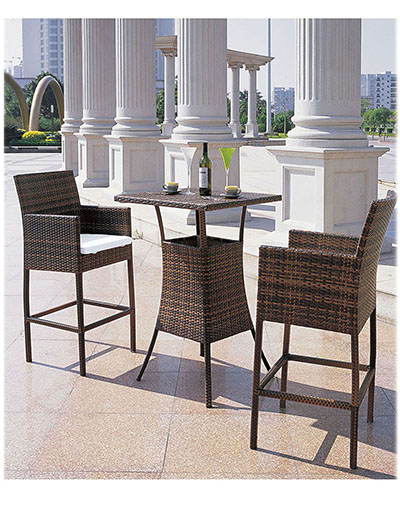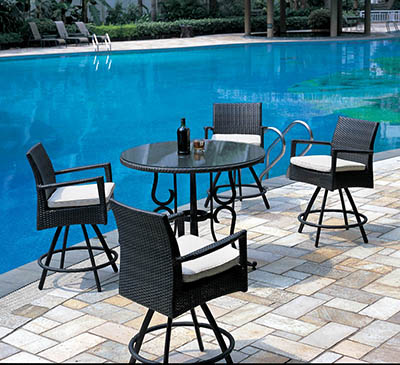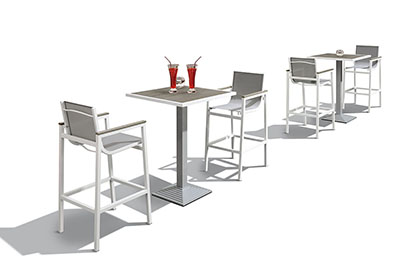Color management
How often have you or your users complained about the mismatch between printing proofs and matching sheets, or the problem of different printing jobs and screen displays? As our industry changes from analog to digital, the issue of color reproduction has become critical. We need to use color management to ensure better, faster and cheaper creation of color images because the process of creating images does not always achieve this effect. In addition, many images are now reused or reused in various media (for example, web images displayed on a computer screen or a computer on a CD-ROM), and it is often desired that these images be matched with printing effects. .
* Color gamut
The most basic problem of color matching comes from how color images are copied. No printing device or color display can replicate all the colors that human eyes can feel. The unique color range that each device can produce or display is called the device's color space. Some devices have a large color space, while others have limited color space. The color space of different systems can overlap but do not match.
Imagine the following example, if we want to print a copy of the color of the pink sweater, and at the same time hope that it can be displayed on the display through the website. The actual color may exist in the color gamut of the transmissive film, but may fall outside the offset gamut of the offset, and may also be outside the screen color gamut, not to mention the proofing device for predicting the color during the process. The color gamut is. In this case, the image of the pink sweater must be converted before output according to the output device (printer or computer screen) to best match the image of the original. The digital color management system has been further improved to achieve the purpose of color conversion in the production copying process.
Color Management System
Color management is how to control and describe what we see on a computer screen, what the scanner captures, the color samples, and the image colors printed by the printer. From image creation or color capture to final image output, performing color conversion is done in a systematic manner. In the process of converting from one device to another (whether from a computer to a printer, or from a proof to a printer), the color management system maintains and optimizes the fidelity of color as much as possible.
The color management system is generally divided into three parts: calibration, characterization (device profile file), conversion (color gamut correspondence). Calibration is the method of adjusting each device (display, scanner, printer, etc.) to a defined standard state to ensure that it meets or is accurate to the manufacturer's specifications. Because the device changes at any time, this affects the way colors are displayed and generated, so the calibration process is very important. The calibration, or characterization process, is a description of the color gamut of each output device, producing the effect of identifying the colorant and the mode of operation. Profile files for these devices are often used in the conversion from one device to another. The transfer function draws the color of one device to another device, and must change so that both devices display or produce similar colors. Creating a user's profile file is not only important for every device, but it is also important for every type of paper used.
* Spectral data
The most accurate method of describing color is spectral data, which describes what color is, not just how it looks or how it is reproduced. To obtain spectral data, a spectrophotometer is generally used to measure a sample (for more details, see the Color Measurement Tools section).
Nowadays, desktop spectrophotometers that many companies can afford are used, and there are more and more color tools on the market that can use spectrum to work. After the design is complete, the spectrophotometer can accurately define the color of any object; proofs, prints, patches, inks, and more. Spectral information is used to create a profile file for a color device. As production workflows continue to shift to full digital, the monitoring of color at each stage will gradually rely on spectral-based information.
* Color Management Standard
The printing industry is developing standards for color management that provide a series of measures to follow throughout the production process. Depending on the standard, hardware and software investors can create cross-platform, device profile files that identify color device features. There are two standard committees that are now working on color management issues: the Image Technology Council and the International Color Consortium (ICC).
Image National Technical Committee #8 of the American National Standards Institute (ANSI) was recognized in 1987 and engaged in the development of digital data exchange standards. The standards developed by the committee are used in the color management software package for input scanner calibration and define IT8.7/1 and IT8.7/2 for transmissive and reflective color targets. ICC, although not certified by any standard color organization, has developed the Profile file format widely accepted by the graphics industry and has achieved device-independent color management. The ICC organization was created in 1993 by eight industry investors. It created a device Profile format standard that characterizes color devices to serve the cross-platform environment. And define the color by using the CIELAB color space. Prior to this, each investor had their own independent system and was incompatible with other systems.
* ICC Profile
The ICC profile provides the color management system with the necessary information to convert the local color data of a device (such as the color range or color gamut that a device can generate or obtain) into a device-independent color space. The ICC.I:1998-09 specification classifies color devices into three categories: input, display, and output devices. For each device, there is an algorithm mode that performs the color conversion process. These mathematical models provide a range of color quality based on memory requirements, performance requirements, and image quality requirements.
Based on the colorimetric data from the spectral data, the ICC Profile makes it possible to describe and translate the capabilities of the color devices produced by different manufacturers in a standard, portable format. The device profile is created by the physical measurement of a selected set of color patches by a spectrophotometer. These color blocks are created or captured as electronic files (in the case of input devices) or output formats (in the case of output devices). Then, calculate a mathematical description that correlates the device's device-related chroma values ​​(such as RGB or CMYK) to device-independent CIELAB color space values. The process of creating an ICC profile correctly is the process of accurately converting all RGB or CMYK values ​​into CIELAB values.
The goal of the ICC is to establish a color management module that can communicate and process images in a standardized manner, and allows color management processes to be performed across platforms and operating systems. Successful color management requires 1) a device-independent color space (ICC agrees to use the CIELAB color space to define colors); 2) a Profile file that accurately describes the color characteristics of the digital color device; and 3) a good color gamut conversion technique. The ICC specification is still open to key components such as gamut conversion, and is open to the vendor's own proprietary interpretation process, which means that users should avoid confusing and matching profile files generated by different manufacturers. (Finish)
Source: Innovative Graphic Arts
Bar table and stool is a versatile casual option that can add character, color and texture to your kitchen or bar design - or simply offer a comfortable place to sit.
In recent years, barstools have become a popular alternative to traditional dining room chairs. Barstools appear recognizable and desirable for their height advantage over typical dining chairs. Typically, barstools give off a more casual dining vibe, especially when coupled with a counter-height table. Many homes also have high breakfast counters that also need barstools. Since every home is different, you need a barstool that matches your style and color.
· Rattan/textilene seat in a woven design for ultimate durability and strength
· Aluminum frame for a solid and sturdy foundation
· Powder coated for sophisticated looks to last
· Foot stoppers to reduce scuff marks to your flooring
· Cushions also available with 100% waterproof fabric.
Bar table and stool has many material options, rattan, textilene, aluminum powder coated etc.




If you have any questions, please contact with us directly. Bar table and stools are produced by Golden Eagle Outdoor Furniture With High Quality and Good Appearance. Welcome you can visit our Factory.For any inquiry,Please send mail directly to us.
Bar Table And Stool,Rattan Bar Table And Stool,Outdoor Bar Table And Stool,Garden Bar Table And Stool
Golden Eagle Outdoor Furniture Co., LTD. , https://www.gesunumbrella.com